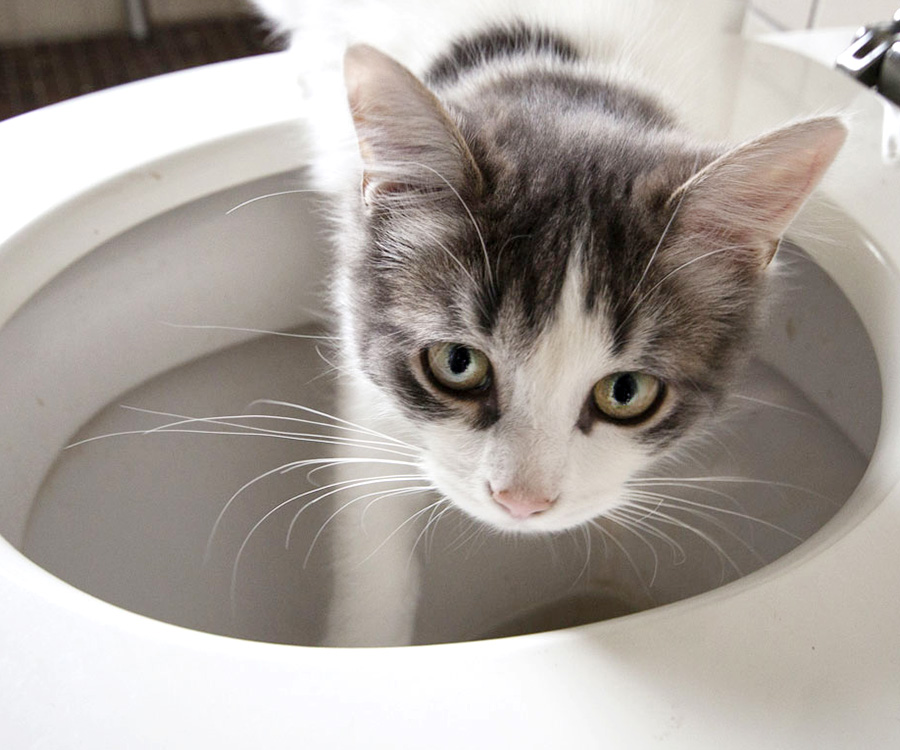Are you interested in critical information on How to Dispose of Cat Poop and Litter Without Plastic Bags?

Intro
As feline proprietors, it's important to be mindful of just how we throw away our feline pals' waste. While it may appear convenient to flush pet cat poop down the bathroom, this technique can have harmful effects for both the environment and human wellness.
Alternatives to Flushing
Thankfully, there are much safer and more accountable methods to dispose of cat poop. Think about the adhering to alternatives:
1. Scoop and Dispose in Trash
The most typical technique of disposing of feline poop is to scoop it right into a biodegradable bag and throw it in the trash. Be sure to utilize a devoted trash scoop and get rid of the waste immediately.
2. Usage Biodegradable Litter
Select naturally degradable feline litter made from materials such as corn or wheat. These clutters are eco-friendly and can be securely gotten rid of in the trash.
3. Bury in the Yard
If you have a backyard, think about burying cat waste in a marked area away from veggie gardens and water resources. Make sure to dig deep enough to stop contamination of groundwater.
4. Install a Pet Waste Disposal System
Buy a family pet waste disposal system especially developed for pet cat waste. These systems use enzymes to break down the waste, lowering odor and ecological impact.
Health and wellness Risks
Along with environmental problems, flushing feline waste can additionally pose health and wellness threats to human beings. Feline feces may consist of Toxoplasma gondii, a parasite that can trigger toxoplasmosis-- a possibly extreme disease, especially for pregnant ladies and people with weakened immune systems.
Environmental Impact
Purging pet cat poop presents damaging virus and bloodsuckers right into the water supply, positioning a considerable danger to water ecological communities. These impurities can adversely influence aquatic life and concession water high quality.
Final thought
Responsible pet possession expands past supplying food and shelter-- it also entails appropriate waste administration. By refraining from purging feline poop down the toilet and going with alternate disposal methods, we can decrease our ecological footprint and secure human health.
Why Can’t I Flush Cat Poop?
It Spreads a Parasite
Cats are frequently infected with a parasite called toxoplasma gondii. The parasite causes an infection called toxoplasmosis. It is usually harmless to cats. The parasite only uses cat poop as a host for its eggs. Otherwise, the cat’s immune system usually keeps the infection at low enough levels to maintain its own health. But it does not stop the develop of eggs. These eggs are tiny and surprisingly tough. They may survive for a year before they begin to grow. But that’s the problem.
Our wastewater system is not designed to deal with toxoplasmosis eggs. Instead, most eggs will flush from your toilet into sewers and wastewater management plants. After the sewage is treated for many other harmful things in it, it is typically released into local rivers, lakes, or oceans. Here, the toxoplasmosis eggs can find new hosts, including starfish, crabs, otters, and many other wildlife. For many, this is a significant risk to their health. Toxoplasmosis can also end up infecting water sources that are important for agriculture, which means our deer, pigs, and sheep can get infected too.
Is There Risk to Humans?
There can be a risk to human life from flushing cat poop down the toilet. If you do so, the parasites from your cat’s poop can end up in shellfish, game animals, or livestock. If this meat is then served raw or undercooked, the people who eat it can get sick.
In fact, according to the CDC, 40 million people in the United States are infected with toxoplasma gondii. They get it from exposure to infected seafood, or from some kind of cat poop contamination, like drinking from a stream that is contaminated or touching anything that has come into contact with cat poop. That includes just cleaning a cat litter box.
Most people who get infected with these parasites will not develop any symptoms. However, for pregnant women or for those with compromised immune systems, the parasite can cause severe health problems.
How to Handle Cat Poop
The best way to handle cat poop is actually to clean the box more often. The eggs that the parasite sheds will not become active until one to five days after the cat poops. That means that if you clean daily, you’re much less likely to come into direct contact with infectious eggs.
That said, always dispose of cat poop in the garbage and not down the toilet. Wash your hands before and after you clean the litter box, and bring the bag of poop right outside to your garbage bins.
https://trenchlesssolutionsusa.com/why-cant-i-flush-cat-poop/

I was guided to that editorial on Don’t flush cat feces down the toilet from a friend on a different web address. Liked our blog entry? Please share it. Let other people discover it. Bless you for your time. Visit again soon.
Visit Our Site